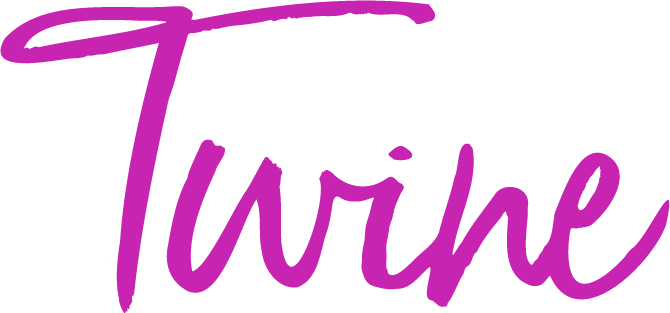How did we get here?
You’ll find Twine’s current work on the Stories page. Here, you’ll find a potted history of the kinds of innovative, collaborative and creative things I was doing before Twine.
LoToNo
One of our most successful projects was LoToNo (Low to No Carbon). Our small Design Programme team, made up of design management and sustainability experts, worked on a two-and-a-half-year project to help low carbon and resource efficient businesses grow.
LoToNo was one of six cluster* projects across the EU, and the only one in the UK. We beat stiff competition to win funding from the EU’s Competitiveness and Innovation Framework Programme. A feature of the Programme was to share best practice between the six. We went and learned about the best support for innovative, disruptive businesses in Denmark, Belgium, Germany, Spain, Austria and France. So much expertise and know-how generously shared by our hosts, we returned full of great ideas to add to our own bank of methods of how to engage meaningfully with innovative, disruptive small businesses.
We set to work immediately and the LoToNo team mentored 40 companies from their starting point, which might have been pre-revenue, or a mature business wanting to diversify, to successful launch. We helped businesses complete product development through final testing and consumer research; scale their idea from prototype to viable product; break into new markets; and create circular economy partnerships between businesses.
Another big benefit of our participation in LoToNo, our local low carbon cluster, Greentech South, boosted its membership and engagement and became the first UK based cleantech cluster to gain accreditation with the European Secretariat for Cluster Analysis, ESCA.
FOODWISE
Another great short project we ran was FoodWISE for Oxfordshire County Council. We targeted food and drink businesses in the South East of England, working with 56 companies in 6 months, helping them minimise their negative environmental and social impact.
LEADING BY DESIGN
A longer project, Leading by Design, featured a design-led approach to business growth. Leading by Design was a pilot programme bringing design thinking and strategic design management to a small business audience. The pilot evolved into the UK national innovation support programme, Designing Demand, which we ran for several years in the South of England. We worked with 320 small businesses, helping them grow, employ more people and create positive environmental impact.
LESS=MORE
We took Leading by Design’s strategic design management approach and evolved it into Less=More, adding much more emphasis on the sustainability three part equation: people, planet and profit. Under the banner of Less=More, we run a great service for small businesses called “Taming the Monster”.
Taming the Monster helped small businesses with the recurring problem of how and where to source the best sustainable packaging for their products. We brought together businesses who needed packaging with packaging suppliers and design management experts, and followed up with one-to-one help.
The experience of creating The Design Programme team, initiating, scoping and securing funding for the projects you see above, and driving our success, informs my approach to business support. It is key to how I develop meaningful, impactful (and successful!) projects.
I can’t wait to get started on your project! Where shall we start?
*Clusters are groups of businesses, universities and public bodies which help drive up productivity and innovation in their area.

